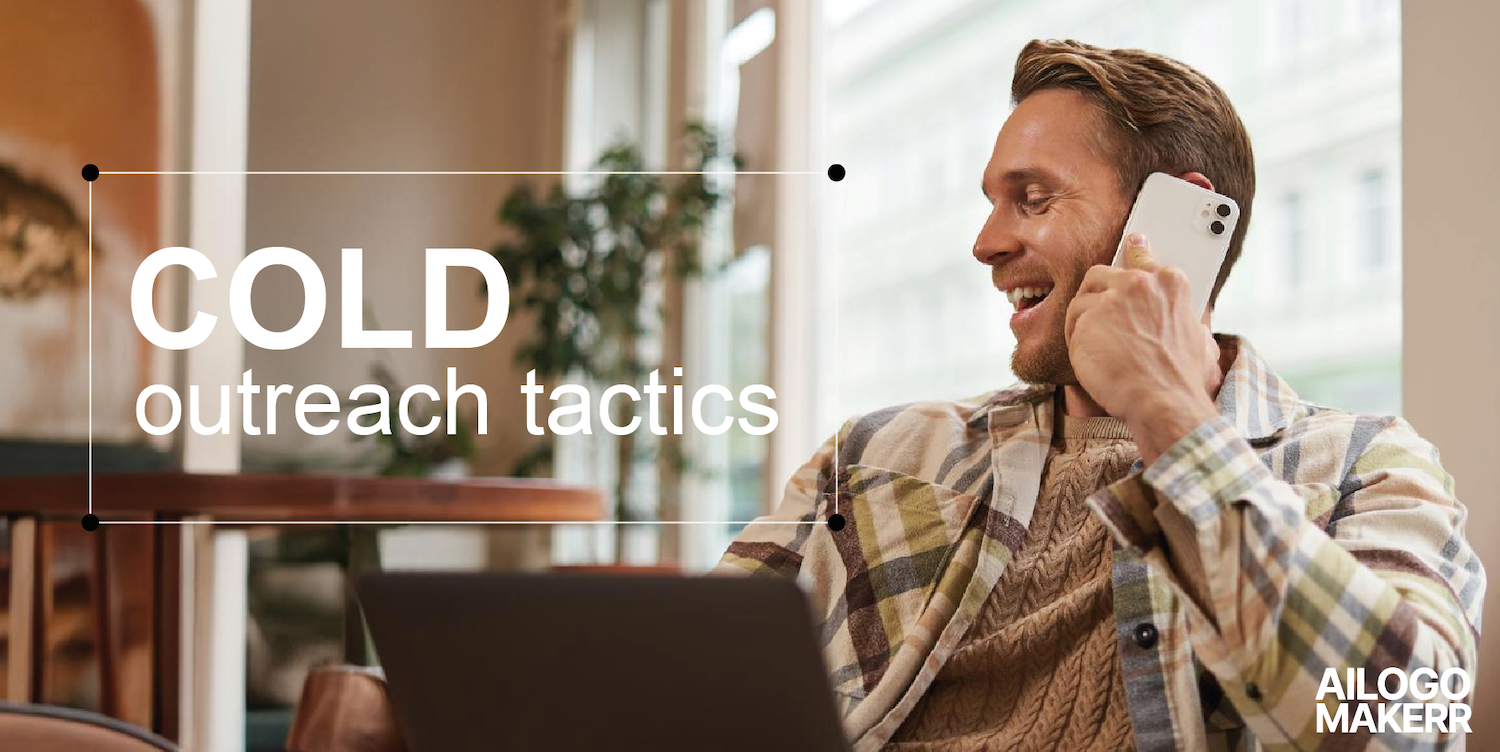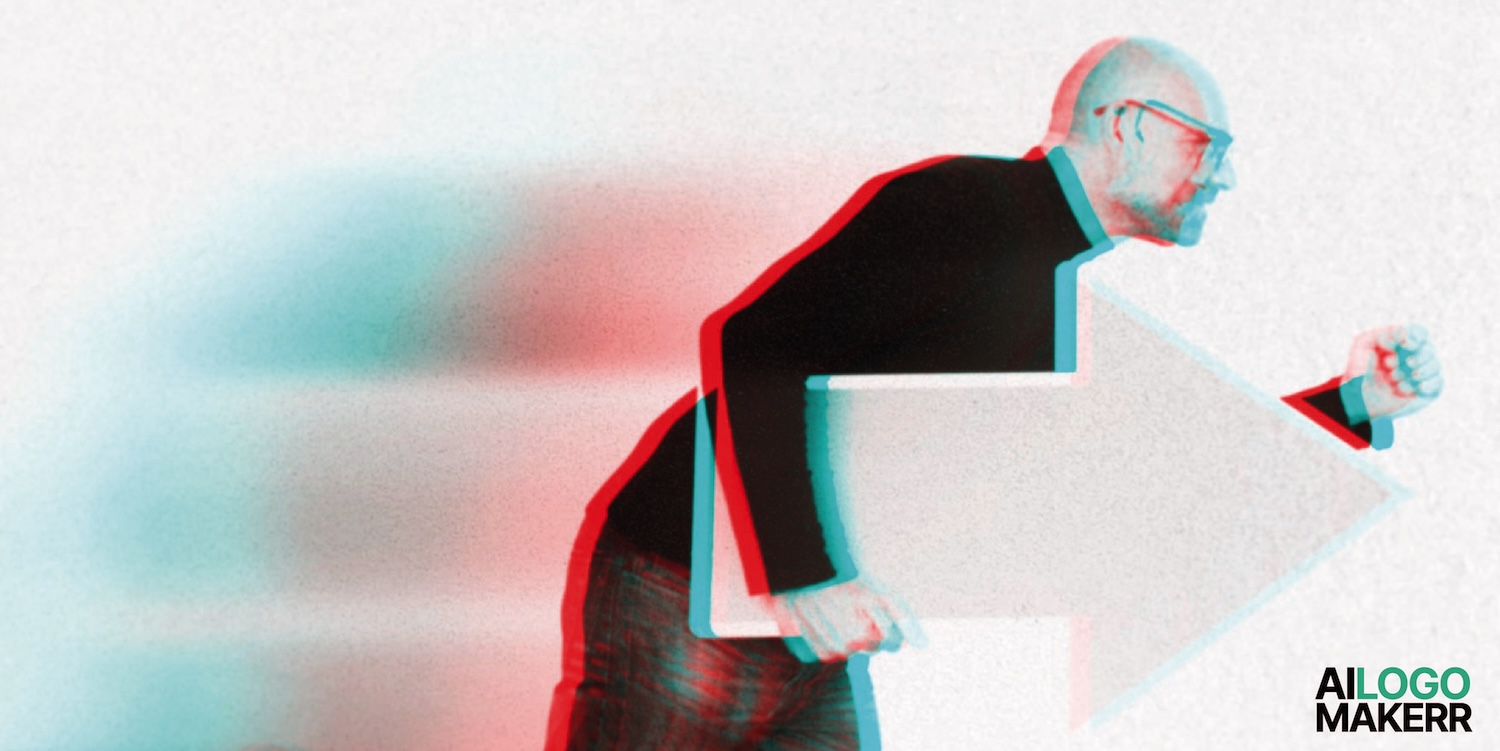Cold outreach is no longer just sending out impersonal emails in hopes of a response. Today, it is an effective way to establish contacts and start a dialogue with potential clients, partners, or investors, even if you have nothing in common with them initially. The main thing is to approach the process consciously, personalized, and with a clear goal.
In this article, we will tell you about seven proven and easy-to-use cold outreach tactics that have proven their effectiveness in practice. They will help you increase conversion, expand your business, and open up new opportunities.
Proven and Easy-to-Use Cold Outreach Tactics
1. The “Compliment + Small Request” Combo - Personalization with a friendly tone
In today's world, we are all overloaded with information and advertising. People appreciate when they are addressed not in a template, but with understanding and attention to detail. A good technique is to start the letter with a specific compliment that shows that you have studied the recipient and their work. For example:
"Hello, Alex, I recently read your article about launching a product on [platform name]. I especially liked your idea of creating a community around the brand."
After the compliment, it is worth moving on to a specific but short request:
"I am working on improving email campaigns and would like to share a couple of ideas that can increase the effectiveness of your mailings. Can I send a short offer?"

Why this approach works:
- Personalization inspires trust and favor.
- The request is short, which reduces the psychological barrier.
- The tone of the letter is friendly and natural - this is not a sale, but a dialogue.
In one of our campaigns, this approach ensured a response from more than 35% of recipients - an excellent result for cold contact.
2. The “If It’s Not You, Please Redirect” Technique - Simple and effective
It’s often difficult to figure out who exactly is responsible for the area of your company that you need. Instead of guessing, use a direct, polite approach:
“Hello, Jim, I’m not sure if you’re responsible for digital marketing at your company. If not, could you suggest whom I should contact?”
Why it works:
- People are willing to help, especially when asked for a small favor.
- The message doesn’t create pressure, so it evokes a positive response.
- Often, the email automatically gets to the right specialist thanks to the redirect.
Thanks to this tactic, we were able to get several important contacts that later grew into large deals.
3. Micro-case - Quick demonstration of value
Most sales letters start with a description of the product or themselves. However, it is much more effective to immediately show a real result using an example of a specific client.
Example:
"Last week, we helped an e-commerce company increase lead conversion by 25% by improving the structure of their landing page. We're ready to tell you how you can apply this to your business."
This micro-case:
- Shows that you know what you're talking about.
- Focuses on the customer's benefit, not on the characteristics of the service.
- Stimulates interest with a question or an invitation to dialogue.
Such emails are read and responded to much more often than standard templates.
4. Personal video - Personal contact to a new level
Video is one of the most powerful tools that is becoming increasingly popular in cold outreach. Why? Because it is unusual and shows your interest.
You can record a short 20-30 second video where you address the recipient by name, mention the site or product of the recipient, and give a small recommendation. For example:
"Hello, John! I looked at your site and noticed that the loading speed on the main page can be improved. This will help increase conversions."
This video:
- Attracts attention due to the personal approach.
- Builds trust due to visual contact.
- Helps stand out among hundreds of regular emails.
Tip: make the video cover (thumbnail) with your smile, this increases the number of clicks.
5. Professional email signature - Your invisible assistant
Many people underestimate the importance of the signature in emails. After all, it affects the perception of you as an expert and a brand. You can use a Gmail email signature creator. It included the name, role, company, website, and a professional headshot. No fluff.
A good signature should include:
- Your full name.
- Title and company.
- Contact information (phone, website).
- A professional photo or logo.
Using special generators allows you to make the signature neat and stylish. This not only improves the visual component of the letter, but also increases trust, since the recipient can easily verify your information.
6. The “Five Emails in Five Days” Rule - Persistence with respect
Most cold emails remain unanswered not because of bad content, but because senders give up too quickly.
Our recommendation is to stick to a sequence of 5 emails over 5 business days:
- Day 1: Introduction and value proposition.
- Day 2: A light reminder email with additional information.
- Day 3: A useful link or tip.
- Day 4: A short reminder (1-2 sentences).
- Day 5: Friendly check-in with an opt-out option.
This approach demonstrates your interest without annoying the recipient, and significantly increases the chances of getting feedback.
7. Automation tools, work Smarter, not harder
Automation is not only a time-saver, but also an opportunity to increase reach without losing personalization.
Recommended tools for cold outreach:
- Hunter.io - for finding email addresses.
- Reply.io - for scheduling, automating, and personalizing mailings.
- Loom - for quickly creating personalized videos.
- Notion - for easy management and analysis of responses.
Important: automate routine processes, but leave room for live communication and adaptation to each recipient.
What Mistakes Should You Avoid in Cold Outreach?
- Bulk mailings without personalization. Such letters are perceived as spam and ignored.
- Overloading the letter with information. People appreciate brevity and clarity.
- Asking for too much at once. It’s better to start with small offers.
- Ignoring follow-up messages. Follow-up emails often get a response.
- Robotic writing style. Write naturally, like a human.
- Avoiding these mistakes will greatly increase the effectiveness of your mailing.
Conclusion: Build Real Relationships Through Cold Outreach
Cold outreach is not a means to “trick” the recipient, but a way to start a dialogue based on respect and value. Real results are achieved when you invest attention and understanding of the prospect’s needs into each email.
Start with two or three of the tactics described, analyze the results and improve the process. Remember: one right message can change the course of your business.





.svg)









